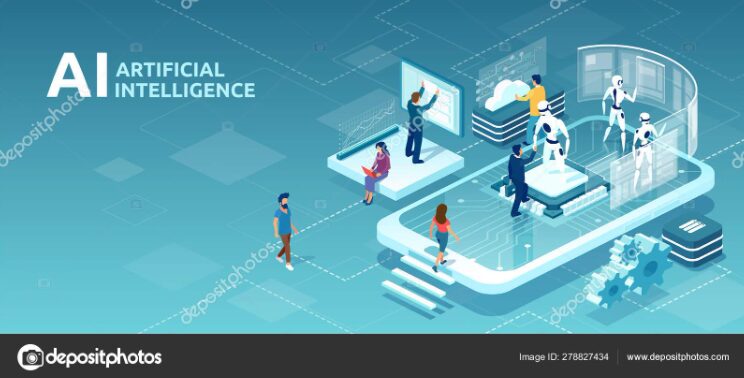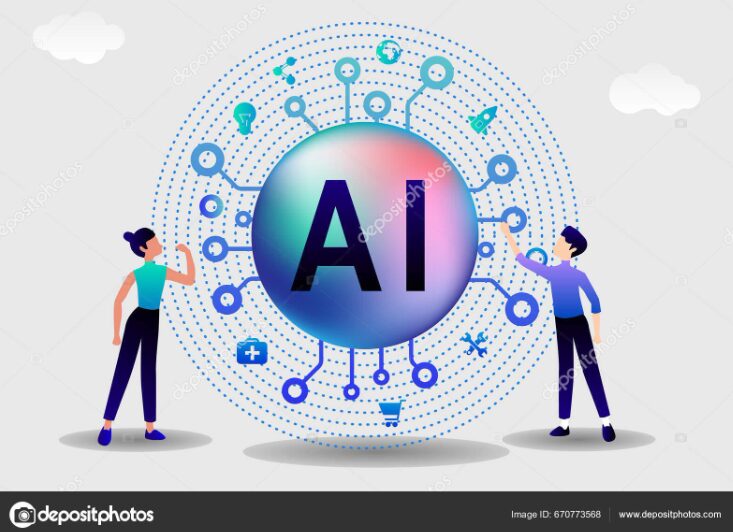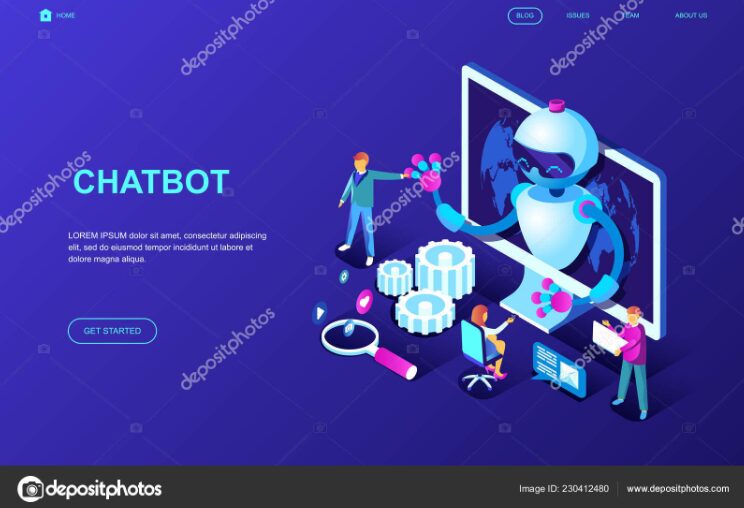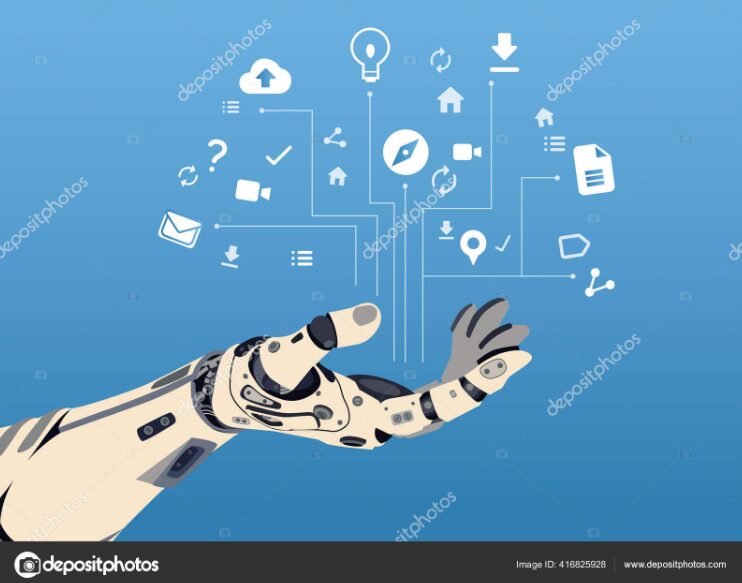AI Use for Business: How Companies Are Boosting Efficiency and Making Smarter Decisions

In 2025, AI is transforming how companies operate and compete. From streamlining operations to supporting strategic decisions, the AI use for business is growing across industries and team sizes. Platforms all over the world are using AI to enhance search and personalize content discovery, showing how even creative tools are becoming smarter. Such an example is the launch of Depositphotos AI image generator, which their users can use for text-to-image generation and much more now for free! The key is applying AI with intention, not chasing every tool, but using the right ones where they create real value.
This article breaks down how AI can be used to improve efficiency, guide smarter decisions, and drive real-world results through practical adoption. Read on!
How can AI be used to improve business efficiency?
Artificial intelligence is revolutionizing business efficiency, with Nielsen Norman Group reporting a 66% productivity boost. AI enhances operations through automation, customer support scaling, and supply chain optimization. These advancements allow companies to streamline processes, reduce costs, and allocate resources effectively.
Automating repetitive tasks
A core use of AI in business is removing repetitive work from human hands. Teams waste hours on admin-heavy tasks that AI now completes with greater consistency and up to 40% faster, freeing time for high-value work. Think invoice approvals, document tagging, email classification, and generating reports. These aren’t glamorous tasks, but automating them creates space for work that actually moves the business forward.
This shift isn’t about replacing people. It’s about removing friction. When used well, AI tools support the team, not override it.
Scaling customer support
Customer service is one of the most visible areas of AI adoption. Chatbots, AI-powered FAQs, and smart routing systems let businesses handle more queries without hiring more agents. They also cut response time and make support available around the clock, something most small teams couldn’t achieve without automation. AI doesn’t just reduce workload; it also boosts customer service agent productivity by 13.8%, helping teams resolve issues faster and more efficiently.
With AI used for business in this area, customer satisfaction improves while operational costs drop.
Optimizing supply chains and inventory
Supply chain disruptions cost time, money, and trust. This is where AI use for business becomes preventative rather than reactive. AI forecasts demand more accurately, monitors real-time stock levels, and flags inefficiencies that traditional systems might miss.
Retailers use AI to anticipate seasonal buying patterns and automate reordering. Manufacturers use predictive models to avoid delays and minimize waste. Even small operations benefit from leaner inventory systems and smarter delivery planning.
How can AI be used to drive strategic decision-making?
Through data-driven insights, companies can forecast trends, interpret complex data, and optimize processes. This enhances planning precision, uncovers patterns, and facilitates rapid strategy testing.
Forecasting with precision
One of the most valuable ways to use AI at work is in forecasting. AI analyzes patterns across customer behavior, sales cycles, and market shifts to help leaders plan ahead. Whether you’re projecting revenue, anticipating churn, or adjusting supply chains, AI provides the foresight most manual analysis can’t.
Interpreting complex data
Raw data isn’t useful until it’s understood. And most companies are drowning in data they don’t have time to read—emails, reviews, chat logs, internal feedback. This is how AI is used to extract meaning. It filters, summarizes, and identifies patterns faster than a human team can.
For businesses wondering how they can use AI in business without technical expertise, this is an accessible and high-impact place to begin.
Enhancing testing and optimization
AI also supports smarter testing of products, messaging, pricing, and UX. Instead of waiting weeks for insights, teams can test multiple versions, track live behavior, and get recommendations instantly. AI helps you understand what’s working and why, and then adjust with confidence.
Top ways businesses use AI to achieve real-life impact
-
Boosting creative and content workflows
In marketing and media, AI tools support faster creation without compromising quality. For example, brands now use AI image generators to design visuals for campaigns, generate on-brand content variations, or localize materials without rebuilding them from scratch.
-
Delivering personalization that converts
In 2025, personalization is an expectation. AI helps businesses deliver individualized experiences at scale. From dynamic websites that adjust to each user to personalized product recommendations and smart email segmentation, AI use for business in this space directly impacts sales and retention.
-
Driving smarter sales enablement
Sales teams now use AI to prioritize leads, automate follow-ups, and uncover new opportunities. Instead of relying on gut instinct alone, reps can make decisions based on data-backed signals, including buying behavior, engagement history, or predicted readiness to convert.
-
Reducing risk and increasing accuracy
In industries like finance, law, and logistics, the uses of AI are grounded in accuracy and compliance. AI helps identify errors in contracts, flag fraudulent transactions, monitor regulation changes, and ensure quality control in production. J.P. Morgan exemplifies this with improved fraud detection and risk assessment, using AI to analyze vast amounts of data and spot anomalies.
These are high-stakes areas where even small improvements pay off, and AI delivers at scale and speed.
Conclusion
Today, AI use for business is less about experimentation and more about execution. Companies aren’t just exploring possibilities—they’re embedding AI into everyday decisions and workflows. The most effective applications are targeted, measurable, and aligned with real business goals. So when you ask, “How can AI be used to actually help my business?” the answer is simple: start small, stay focused, and solve one clear problem at a time. That’s how to use AI for business in a way that’s smart, sustainable, and strategic.

Source: AI Use for Business: How Companies Are Boosting Efficiency and Making Smarter Decisions







